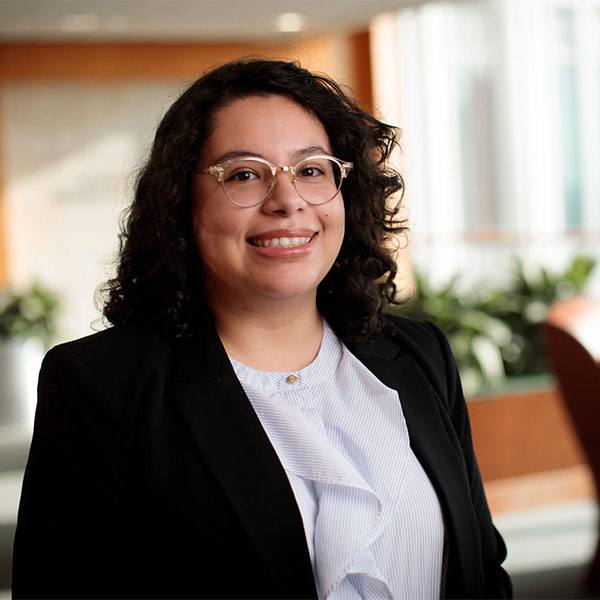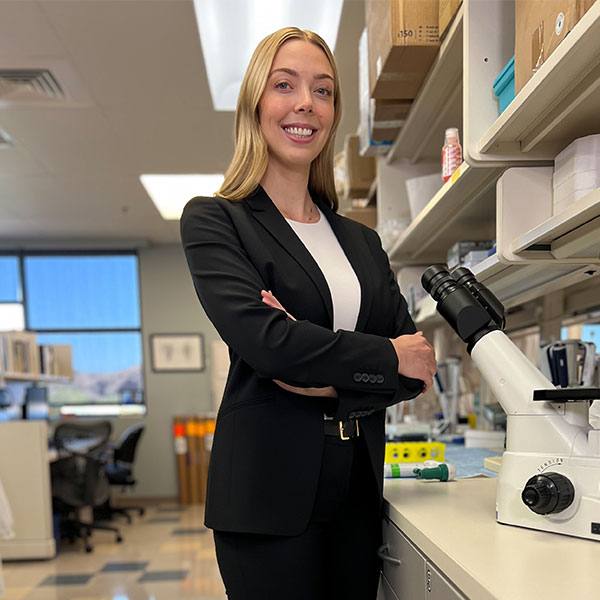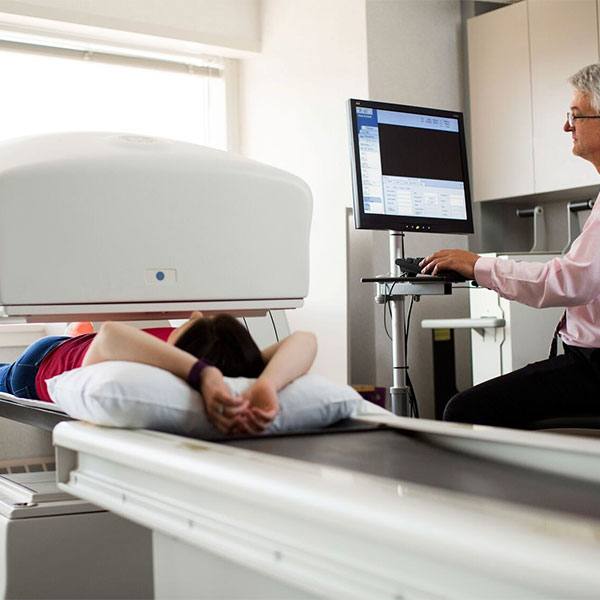-
Education
Science Saturday: Where future cures come from
A new director brings wisdom and passion to training bilingual physician-scientists.
For Kendall Lee, M.D., Ph.D., being bilingual starts with language and extends to the training of physician-scientists. Born in a South Korean fishing village, he learned English only after moving to the United States at age 10. Dr. Lee is now a neurosurgeon and director of Mayo Clinic’s Neural Engineering Laboratory, where he leads the study of deep brain stimulation for treatment of Parkinson’s disease, epilepsy, chronic pain and psychiatric disorders.
In January 2017, Dr. Lee became director of Mayo Clinic’s Medical Scientist Training Program, which prepares physician-scientists to lead a dual life of treating patients and pursuing scientific advances in patient care. Through the program, offered by Mayo Clinic Graduate School of Biomedical Sciences and Mayo Clinic School of Medicine, students earn both an M.D. and a Ph.D., learning to connect the discovery of scientific knowledge with clinical problems.
In an interview with Discovery’s Edge, Dr. Lee shares his vision for Mayo’s M.D.-Ph.D. training program.
DE: Why did you want to be director of the Medical Scientist Training Program?
Dr. Lee: I’m at a point in my career where I know the importance of training the next generation of medical leaders. M.D.-Ph.D. training is for people who love to ask the question, “Why?” Why does something work? How does it work? What is the mechanism? In my case, the question that has dominated my career is: How does deep brain stimulation work? How can implanting an electrode in a human brain be used to repair brain function? And now we’re working on stimulating the spinal cord to reanimate paralyzed limbs.
Ultimately, this program is about serving our future patients. What I’m doing as a surgeon — implanting people’s brains with tiny computers — did not exist when I finished medical school. By training these highly gifted individuals, we will discover the cures we can’t imagine today.
DE: What is the current state of the program?
Dr. Lee: I inherited an incredibly strong program from Grazia Isaya, M.D., Ph.D., a director who was across-the-board outstanding. We have 47 outstanding students doing really exciting research and publishing in the top journals. They’re going to be the successful researchers and department chairs of tomorrow. In addition, we have outstanding faculty, many of whom completed the M.D-Ph.D. program themselves. My charge is to make the program even greater.
DE: You get excited about research and education. Why is that?
Dr. Lee: I’m passionate about the possibilities of medicine. Research and education are about the future. Investments in future treatments and our future leaders are important but not urgent. The results are many years away, but we have to imagine and work on them today. I want to have huge impact on our patients’ lives. That’s where my passion lies.
DE: What makes M.D.-Ph.D. training so challenging?
Dr. Lee: It’s like being bilingual. The M.D. is one language, and the Ph.D. is another language. The beauty of the M.D. degree is that it gives you incredible breadth of knowledge — all of the basic sciences as well as anatomy, physiology, pharmacology. And then you go through clinical training so you know how to take care of patients. The Ph.D. gets you depth of knowledge. You study one question to incredible depth. You learn how to think scientifically, carefully and methodically. I’m a neurosurgeon who is also doing both basic science and engineering research. I’ve been able to take information from the lab and apply it in the clinic and take what I’ve seen in the clinic back to the lab. The ability to do this is unique and comes from being dually educated in medical school and graduate research training. Another way to think of it is the M.D. sees with the left eye and the Ph.D. sees with the right eye. If you can see scientific problems through both lenses, you get 3-D vision. We want individuals who can combine those two ways of thinking.
DE: The Mayo program currently starts with two years of medical school, followed by four to five years of graduate school, then back to medical school for two years of clinical rotations. You favor a more integrated approach.
Dr. Lee: I believe that M.D.-Ph.D. students are able to walk the very difficult line of being a medical student and a graduate student at the same time. I’m not an M.D. one year and a Ph.D. the following year. I’m an M.D.-Ph.D. every day. I want to teach our students how to do that. It’s going to be challenging. The philosophy and culture of the two schools are very different, but the vision of the program is to integrate the strengths of both schools, so you get a stronger M.D. and a stronger Ph.D.
DE: What other changes do you foresee?
Dr. Lee: We’re expanding the program. We already had an incredible executive team with two associate directors, a coordinator and an administrator. We’ve added a third associate director plus assistant directors in Florida and in Arizona, where Mayo Clinic School of Medicine – Arizona Campus recently welcomed its inaugural class of 50 students. The program is becoming enterprise-wide, because we want to offer M.D.-Ph.D. training on all three campuses.
DE: You’ve been a mentor to more than 30 students, including undergraduates, master’s students, Ph.D. students, postdoctoral fellows and students in the Medical Scientist Training Program. What do you try to pass on?
Dr. Lee: Sometimes it’s more like being a Zen master. I have nothing — no thing — to teach you. It’s not memorizing. It’s teaching them how to think — artistically, beautifully and with excellence.
DE: What’s your motivation as a mentor?
Dr. Lee: At some point I have to retire. As I’m growing older, I realize that the best way to leave a legacy is to have as many students as you can and mentor them well. They carry the torch.
DE: You also have a master’s degree in philosophy. What would a philosopher say about the M.D.-Ph.D. program?
Dr. Lee: The M.D. is a doctor of medicine. Doctor comes from the Latin word docēre, which means to teach. So the M.D. is a teacher of medicine. The Ph.D. is a doctor of philosophy, which means love of wisdom. So the Ph.D. is a teacher of wisdom. After you go through the training, you realize that the vision of the M.D.-Ph.D. program is embedded in those letters.
- Jon Holten







